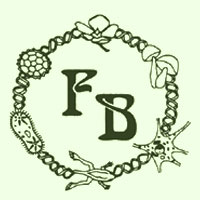Stevanović, V. |
|
Helianthemum marmoreum (Cistaceae), a new species from the Central Balkans STEVANOVNIĆ V, MATEVSKI V & TAN KIT Pages 13-19 Full reference | Abstract | Full text PDF |
KEY WORDS: Helianthemum (Cistaceae), new species, taxonomy, endemic, Balkan peninsula |
| Threat status revision of some taxa from “The Red Data Book of Flora of Serbia 1” TOMOVIĆ G, ZLATKOVIĆ B, NIKETIĆ M, PERIĆ R,LAZARAVIĆ, P., ŠEMIJA D, STANKOVIĆ M, LAKUŠIĆ D ANAČKOV G, KNEŽEVIĆ J, SZABADOS K, KRIVOŠEJ, Z., PRODANOVIĆ, D., VUKOJČIĆ S, STOJANOVIĆ V, LAZAREVIĆ M & STEVANOVNIĆ V. Pages 33-43 Full reference | Abstract | Full text PDF |
KEY WORDS: vascular flora, Serbia, extinct species, critically endangered species, distribution |
KEY WORDS: Dianthus ciliatus ssp. dalmaticus, Dianthus giganteus ssp. croaticus, adventitious buds, somatic embriogenesis, somatic embryo like structure, micropropagation, organogenesis, stem segment culture |


